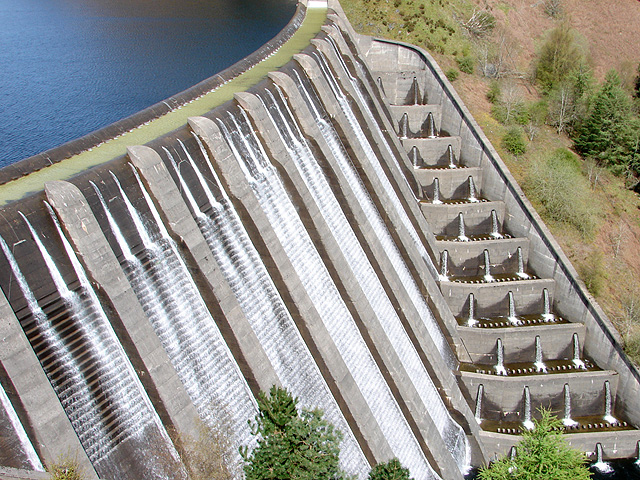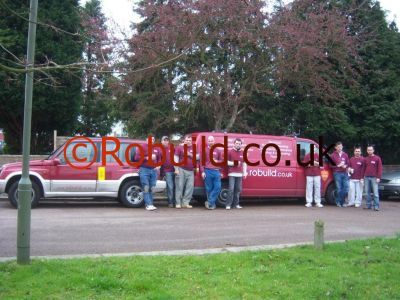Concreting and Concrete
The Romans didn’t invent the concrete, they just made it better, so that they could build better, stronger, bigger and taller buildings. Reinforced concrete was first developed around the First World War for technical reasons.During the World War 2, reinforced concrete will be extensively used in military constructions of buildings. After the war, concrete is the material of choice for most architects with some terrible aesthetic results.

There are some simple rules for concreting and mixing concrete. Unless you want to build a Dam or a very tall building. Most professionals takes concrete samples, send them to a laboratory and test the samples for every concrete poured on a building site. If the concrete mix is not strong enough or doesn’t pass the test, the concrete is taken out, at a major cost for the builders.

For paths, drives, foundations, and floors for outbuildings, concrete is the material; mixing and laying it demands only limited skill. Some simple rules for simple concrete mixing.

Lafarge cement, an European cement maker in UK (this is not advertising for Lafarge, there could be better cement brands out there) is suitable for almost anything you are likely to do around the house. It comes in heavy paper sacks which really are heavy and not easy to handle. Some spare pair of hands to help will be very much appreciated, but don’t fall for this trick;
Mixing the cement – concrete
Cement is mixed with aggregates,sharp sand and stones; for paths and drives the easiest material is all-in-ballast, a combination of stones and sand.Ideally aggregates should be stored on boards or a sheet of metal; if they are dumped on to bare earth you won’t be able to use the bottom earth-contaminated layer. You can buy ballast by the yard, J, yard, or yard (which means cubic yards) or by eight-yard truckloads. Cement and sand, or cement and aggregate, can also be bought by the bag, ready mixed,dry; you just add water. It is expensive this way, but convenient for small jobs. The final material for mixing concrete is water. Concrete hardens by the incorporation of water into the chemical structure, so it must be clean water. For paths and drives, the best mix is one part of cement by volume (use a box or a bucket) to five or six of all-in ballast.
Robuild London Builders are using ready mixed C25 concrete for foundations, delivered by a lorry concrete and on site mixing is done only when there is small amount of concrete needed.










